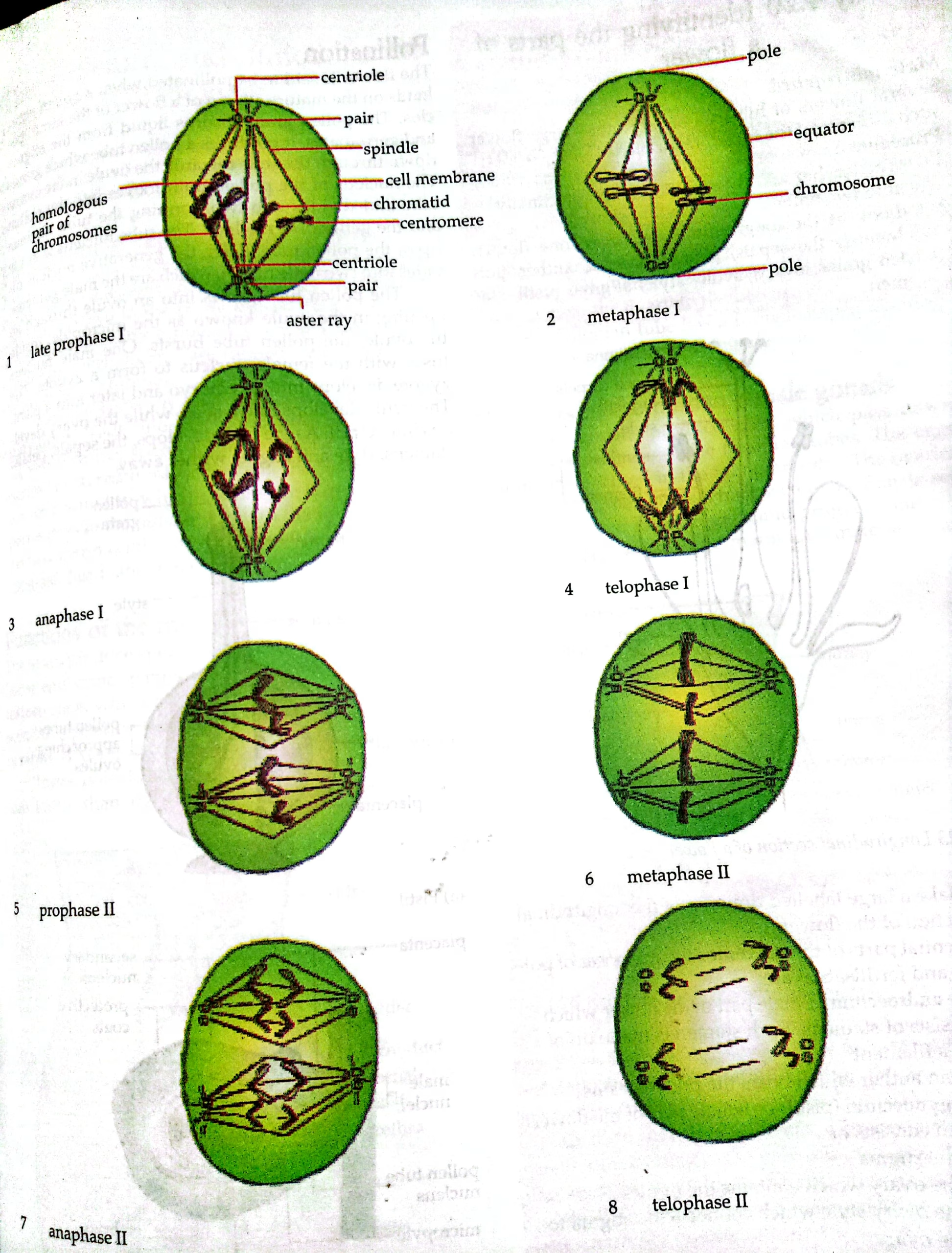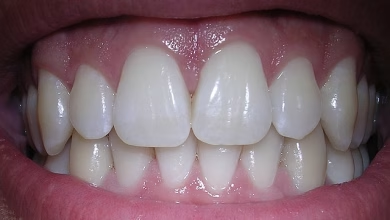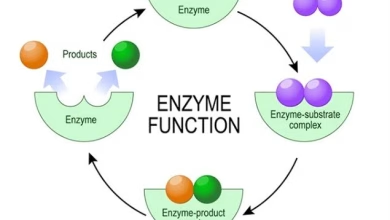
What Is Meiosis? A Simple Explanation of Cell Division
Meiosis: A Two-Stage Division Process
Meiosis consists of two successive cell divisions. The first division, known as reduction division, halves the number of chromosomes per nucleus. The second division resembles mitosis, where the two chromatids of each chromosome separate.
First Meiotic Division
1. Prophase I
- Chromosomes become visible as long threads.
- Homologous chromosomes align side by side.
- Each chromosome divides into two chromatids joined at the centromere.
- The centrosome, consisting of paired centrioles, splits, with one pair migrating to opposite poles of the cell.
- Spindle fibers radiate from the poles towards the equator.
- Chromatids may become joined at chiasmata, where crossing over occurs, leading to genetic recombination.
- The nuclear membrane breaks down.
Also check – The Mammalian Teeth: Dentition and its Types
2. Metaphase I
- Homologous chromosome pairs line up at the equator.
- Centromeres of homologous pairs lie on opposite sides of the equator and attach to the spindle fibers.
3. Anaphase I
- Spindle fibers shorten, pulling homologous chromosomes toward opposite poles.
4. Telophase I
- Chromosomes reach the poles, and the cytoplasm divides, forming two daughter cells with half the original chromosome number.
- New nuclear membranes may or may not form.
- The daughter cells immediately enter the second meiotic division.
Second Meiotic Division
1. Prophase II
- Chromosomes, each consisting of two chromatids joined at the centromere, remain visible.
- Each centriole divides, and the new centrioles migrate to opposite poles, forming spindle fibers.
2. Metaphase II
- Chromosomes align at the equator, with centromeres attached to the spindle fibers.
- Each centromere divides into two.
3. Anaphase II
- Chromatids separate and move toward opposite poles.
4. Telophase Il
- Chromatids reach the poles, and a nuclear envelope forms around each group.
- The spindle disappears, and the cytoplasm divides, resulting in four haploid daughter cells.
Significance of Meiosis
At the end of meiosis, four cells are produced from the original diploid (2n) cell, each containing half the chromosome number (haploid, n). This process ensures chromosome number constancy across generations. Without meiosis, gametes would have the same chromosome number as somatic cells, and their fusion would lead to chromosome doubling in every generation (4n, 8n, etc.), causing serious consequences for organisms.
Questions
1. What are the two main divisions of meiosis, and how do they differ?
2. How do homologous chromosomes interact during prophase I, and why is this significant?
3. What role do spindle fibers play in meiosis?
4. Why is meiosis referred to as a reduction division?
5. What would happen if meiosis did not occur in sexually reproducing organisms?
6. How does crossing over during prophase I contribute to genetic variation?
7. Why do daughter cells formed at the end of meiosis have a haploid chromosome number instead of diploid?


